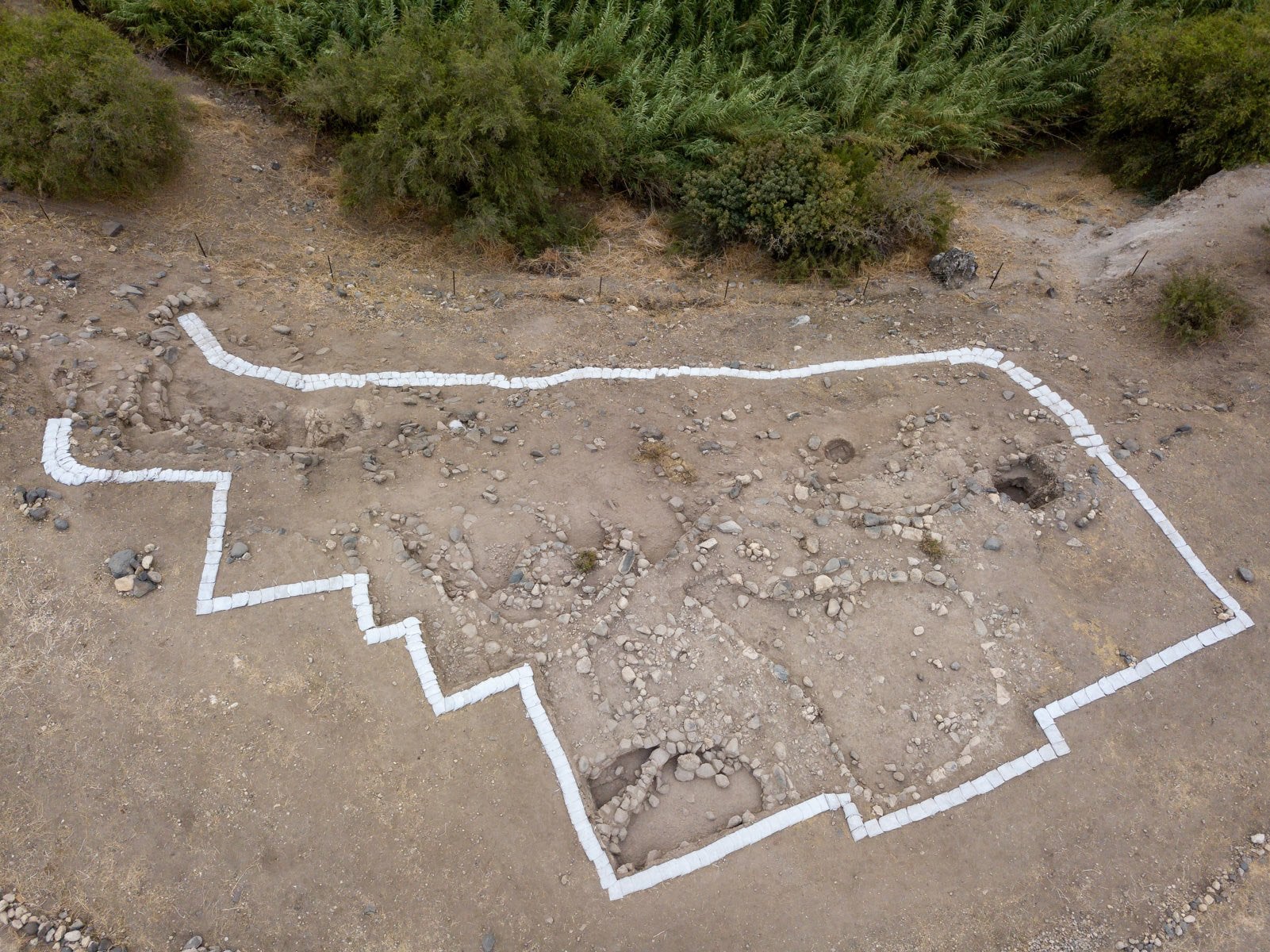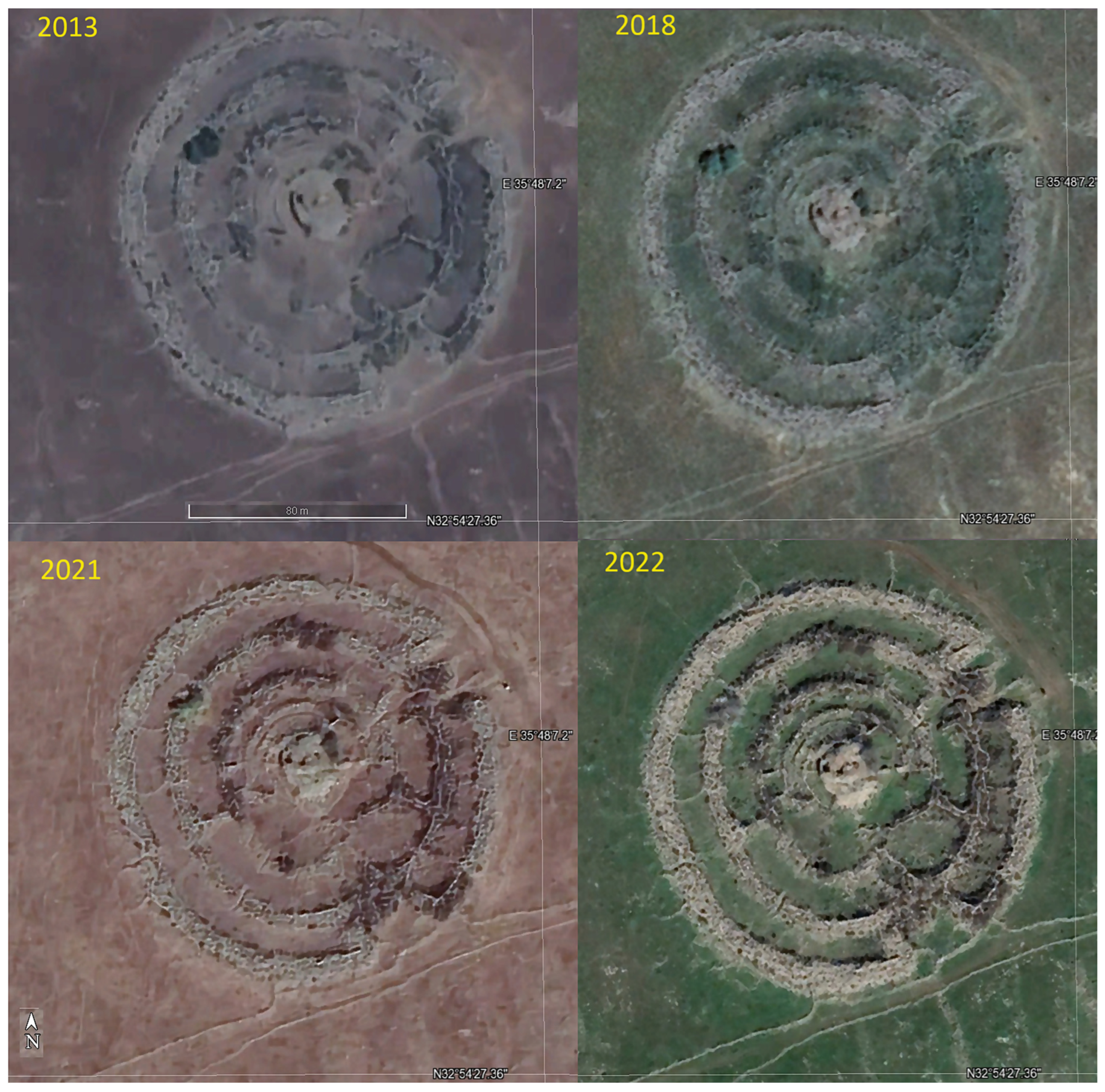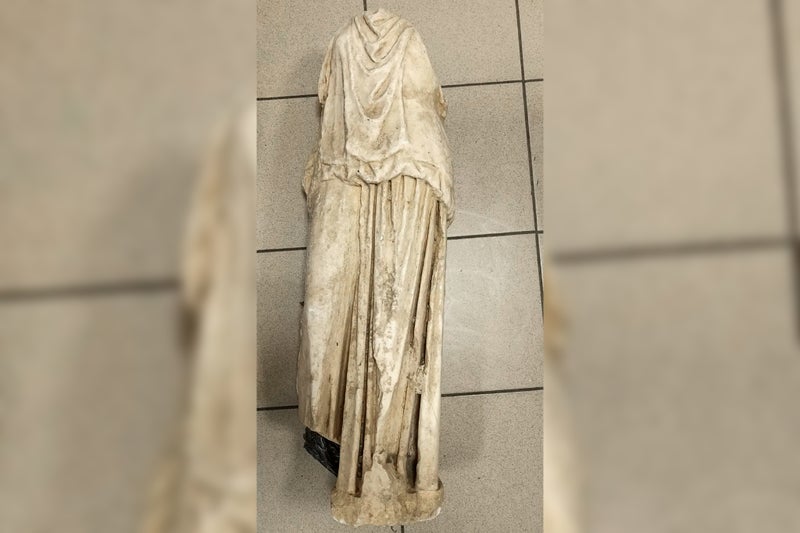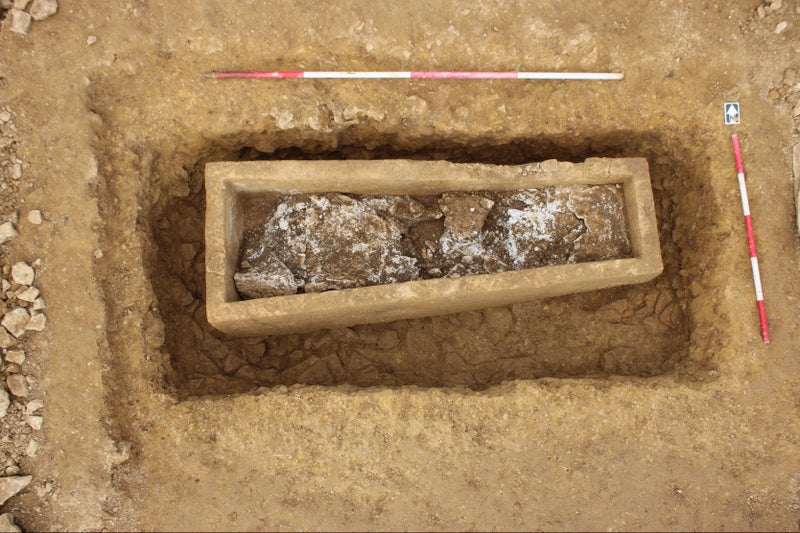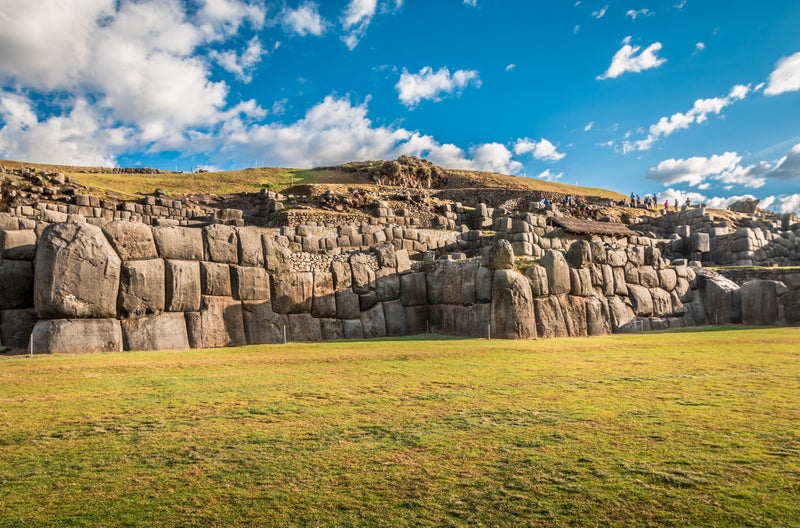Stone Age architecture in Near East was far more advanced than thought, archaeologists say
Share:
New study notes gradual emergence of codified building traditions around 10,000 years ago. Early architecture in the Near East included a variety of structures built using advanced techniques, according to a new study that challenges previous beliefs about the region’s history.
![[Structure 6 at the Natufian site of Nahal Ein Gev II]](https://static.independent.co.uk/2024/12/30/08/Structure-6-at-the-Natufian-Site-of-Nahal-Ein-Gev-II.jpg)
Previous research held that the region’s architecture made a simple progression from round to rectangular structures during the early Stone Age. This research relied on qualitative descriptions by scientists which tend to oversimplify complex trends.
A new computer analysis of ancient remains in the Near East, however, shows that advanced building techniques emerged earlier than previously thought in the region. The analysis covers nearly 120 structures from 23 sites across the Mediterranean region and the Jordan Valley, dating from the Natufian culture of mainly hunters from Palestine and southern Syria to the early Neolithic period.
The study, published in the journal Archaeological Research in Asia, shows diverse architecture in the area 15,000–8,500 years ago. It offers a new perspective on the transition from round to rectangular structures during the Neolithic period in the Near East. It suggests that building codes and standard practices had not yet emerged in the Near East in this period.
Such building codes and practices have long been tied to societal shifts such as changes in social organisation, demographics, and economic strategies. Previously, archaeologists thought there was a gradual progression in the region from round to rectangular structures during the Stone Age, or the Neolithic period.
